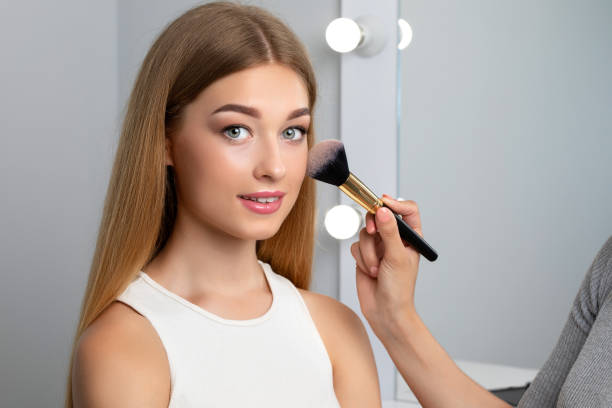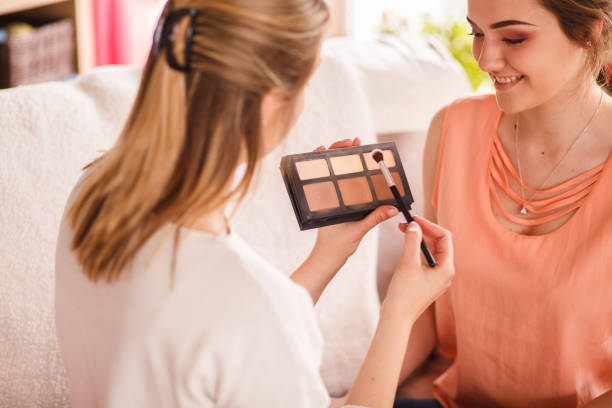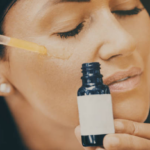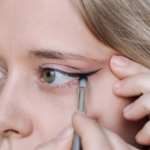Having the right bronzer can be the finishing touch on a flawless makeup routine, adding a warm glow and defining your features. But with myriad options on the market, how do you find ‘the one’? The key to unlocking your best bronzer lies in understanding your skin tone, considering the bronzer’s formula, and knowing the finish you desire. Whether you’re aiming for subtly sun-kissed or deeply bronzed, these tips will guide you to the ideal product that suits your beauty needs.
Understanding Your Skin Tone and Undertone
Before venturing into the diverse world of bronzers, you should start with the basics – understanding your skin tone and undertone. Your skin tone is the surface skin color, which can range from fair to deep, while your undertone is the subtle hue beneath the surface. There are generally three categories of undertone: warm, cool, and neutral.
- For warm undertones: Look for bronzers with gold or peach undertones.
- For cool undertones: Bronzers with shades of pink or rose can be flattering.
- For neutral undertones: You have the flexibility to play with a broader range of shades, but often those with a true brown without obvious orange or pink tones work best.
To find out your undertone, observe the veins in your wrist. If they appear greenish, you likely have warm undertones; blue or purple veins suggest cool undertones, while if they are a mix or difficult to determine, you likely have neutral undertones.
Choosing the Right Bronzer Formula
The formula you choose for your bronzer is crucial for application and overall effect. Bronzers come in various forms, including powders, creams, and liquids, each with their own method of application and final appearance.
- Powder bronzers are great for oily skin or those looking for a simple and quick application. They tend to be buildable and give a matte finish.
- Cream bronzers blend seamlessly into the skin for a natural look and are an excellent choice for those with dry or aging skin because they provide hydration and a dewy finish.
- Liquid bronzers offer the most natural-looking finish and can be mixed with foundation or applied alone for a sheer glow.
Take into account your skin type and the effects you’re aiming for when choosing the best bronzer formula for you.
Matte vs. Shimmer: The Finish Matters
The finish of your bronzer can dramatically affect your overall look. Matte bronzers are ideal for contouring and creating natural, everyday looks. They mimic the natural shadows on your face, leading to a more sculpted appearance without the shine. On the other hand, shimmers can add a sun-kissed radiance that catches the light, perfect for evening looks or when you’re aiming for a luminous complexion.
Here’s a quick guide to choosing between matte and shimmer:
- If you’re contouring, stick with matte bronzers to create depth.
- If you’re highlighting, a touch of shimmer on the high points of your face will enhance the glow.
It’s also completely fine to have both types and to interchange them depending on the occasion or the look you’re going for.
Application Techniques for the Perfect Bronze
Applying bronzer properly is just as important as choosing the right shade and formula. Use a fluffy bronzer brush for powders, a stipple brush for cream formulas, or your fingers for liquid bronzers to lightly apply the product.
Keep these steps in mind:
- Apply bronzer to the areas of your face where the sun naturally hits: the forehead, tops of cheeks, nose, and chin.
- For contouring, apply bronzer in the hollows of your cheeks, along the sides of your nose, and around the periphery of your face.
- Remember to blend outward for the most natural look and avoid harsh lines.
- Mixing a bit of bronzer with your moisturizer can also create an all-over glow for your body.
Practice makes perfect. Don’t be afraid to experiment to find the application that works best for you.

Try Before You Buy
Finally, the best way to ensure you’ve chosen the perfect bronzer is to try it out. Do a patch test in the store or get a sample if possible. Apply a little bronzer to your jawline to see how it blends with both your face and neck. Check the color in natural light, if possible, as store lighting can be deceptive. Remember, the goal is to enhance your natural beauty, so the bronzer should not look too obvious or out of place.
Many stores offer virtual try-on options now, which can also be a practical preliminary step in finding the right bronzer. But keep in mind that the true test comes from seeing how the bronzer behaves on your skin, in daylight, over time.
Conclusion
Choosing the best bronzer for you doesn’t need to be a daunting task. By understanding your skin tone and undertone, selecting the appropriate formula, considering the finish, mastering the application technique, and testing the bronzer out, you’ll be able to find the product that gives you that perfect sun-kissed glow. Remember, the goal of bronzer is to subtly enhance and define, not overshadow your natural beauty. So blend well, choose wisely, and let your inner radiance shine through.
FAQs
Can I wear bronzer without foundation?
Yes, bronzer can be worn without foundation. If you have clear skin or prefer a more natural look, you can simply apply bronzer to the areas where the sun would naturally hit your face.
How do I choose a bronzer if I have very fair skin?
If you have fair skin, choose a bronzer just one or two shades darker than your skin tone. Opt for shades that are peachy or light bronze rather than deep or terracotta, which can look too harsh on light skin.
Is cream or powder bronzer better for aging skin?
Cream bronzer tends to be better for aging skin as it’s more hydrating and tends to settle less into fine lines and wrinkles than powder formulas.
Can bronzer be used for contouring?
Yes, matte bronzers in particular are excellent for creating the shadows necessary for contouring. Just make sure to choose a shade that is not too orange or red, as contour shades should mimic the natural shadow of your bone structure.
How do I prevent my bronzer from looking muddy?
To prevent your bronzer from looking muddy, make sure to choose the right shade for your skin tone, start with a light hand when applying, and thoroughly blend it out. It’s also essential to use a clean brush and not to apply too much product in one go.


